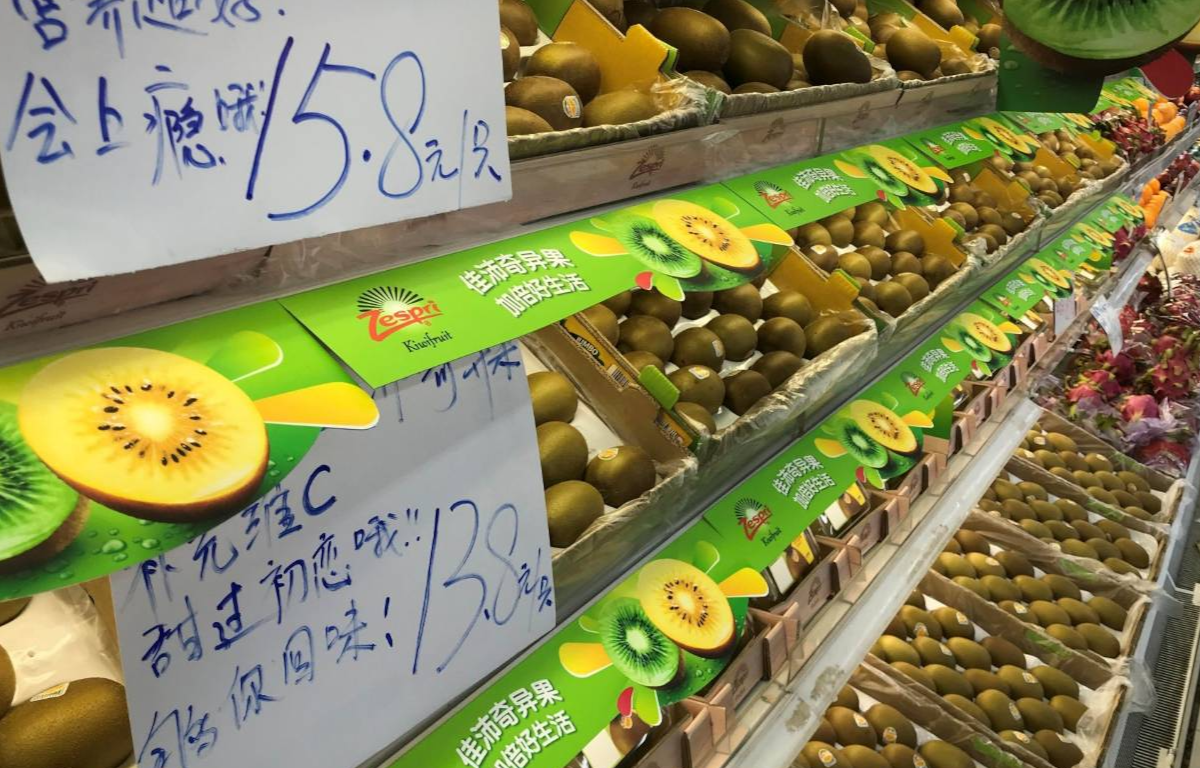
India has been steadily working to position itself as a major player in global manufacturing. The “Make in India” initiative, launched in 2014, aimed to attract foreign investment and boost domestic manufacturing. India’s large workforce, technical expertise, and a growing consumer market have made it an attractive destination for businesses looking to diversify their supply chains.
One sector where India has shown significant growth is electronics manufacturing. Global tech giants like Apple and Samsung have increased their investments in India, shifting some of their production away from China. Additionally, India’s pharmaceutical industry has thrived during the pandemic, showcasing its capabilities in drug manufacturing.
Vietnam has emerged as one of the most promising alternatives to China for manufacturing. Its strategic location in Southeast Asia, a young and skilled workforce, and a pro-business government have attracted significant foreign investment. Vietnam’s manufacturing sector has seen substantial growth, particularly in electronics, textiles, and footwear.
Vietnam’s accession to several free trade agreements, including the Comprehensive and Progressive Agreement for Trans-Pacific Partnership (CPTPP) and the European Union-Vietnam Free Trade Agreement (EVFTA), has bolstered its position as a global manufacturing hub. These agreements provide businesses with preferential access to key markets, making Vietnam an even more attractive destination for production.
Mexico, located just south of the United States, has long been an attractive option for companies looking to reduce their dependence on China. Its proximity to the U.S. market, well-developed infrastructure, and an established manufacturing sector have made it a preferred choice for industries like automotive, aerospace, and electronics.
The United States-Mexico-Canada Agreement (USMCA), which replaced NAFTA, has further solidified Mexico’s role in North American supply chains. The agreement promotes trade and investment among the three nations, making it easier for companies to set up operations in Mexico while maintaining close ties with the U.S. market.
While India, Vietnam, and Mexico offer compelling alternatives to China, they are not without challenges. Each country has its unique set of hurdles, including infrastructure deficiencies, regulatory complexities, and geopolitical risks. Additionally, replicating China’s massive manufacturing capabilities and supply chain infrastructure is a formidable task.
Companies considering a shift away from China must carefully evaluate their options, taking into account factors such as cost, quality, logistics, and market access. Diversifying supply chains across multiple countries is also a strategy many are adopting to mitigate risks associated with over-reliance on a single source.
China’s changing economic landscape, driven by various internal and external factors, has created opportunities for countries like India, Vietnam, and Mexico to step into the spotlight as attractive alternatives for manufacturing and supply chain diversification. As businesses seek to adapt to a rapidly evolving global landscape, these countries offer compelling advantages that can help them pick up the pieces of China’s shifting economic puzzle. However, the decision to relocate or diversify operations should be made carefully, considering both the opportunities and challenges presented by each destination.










Share this: